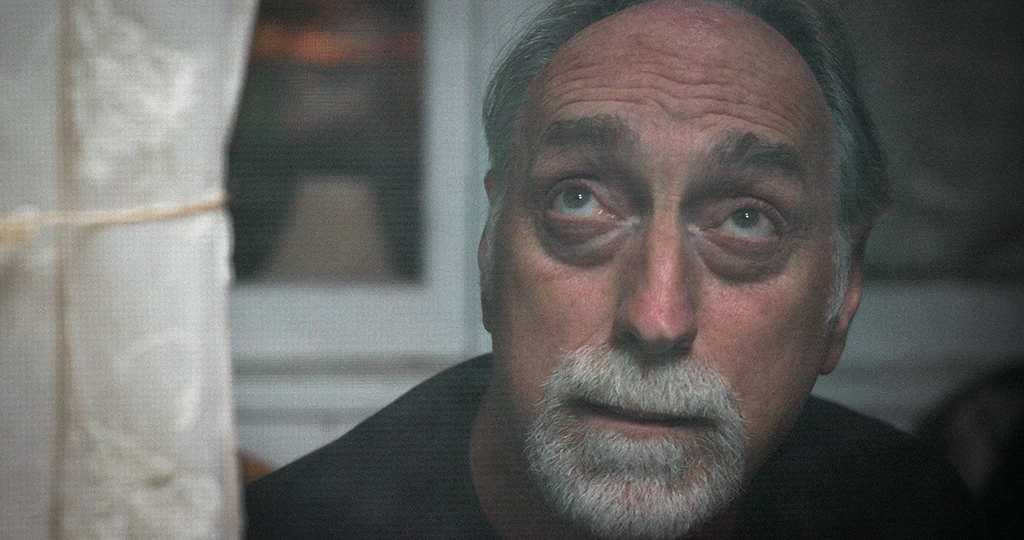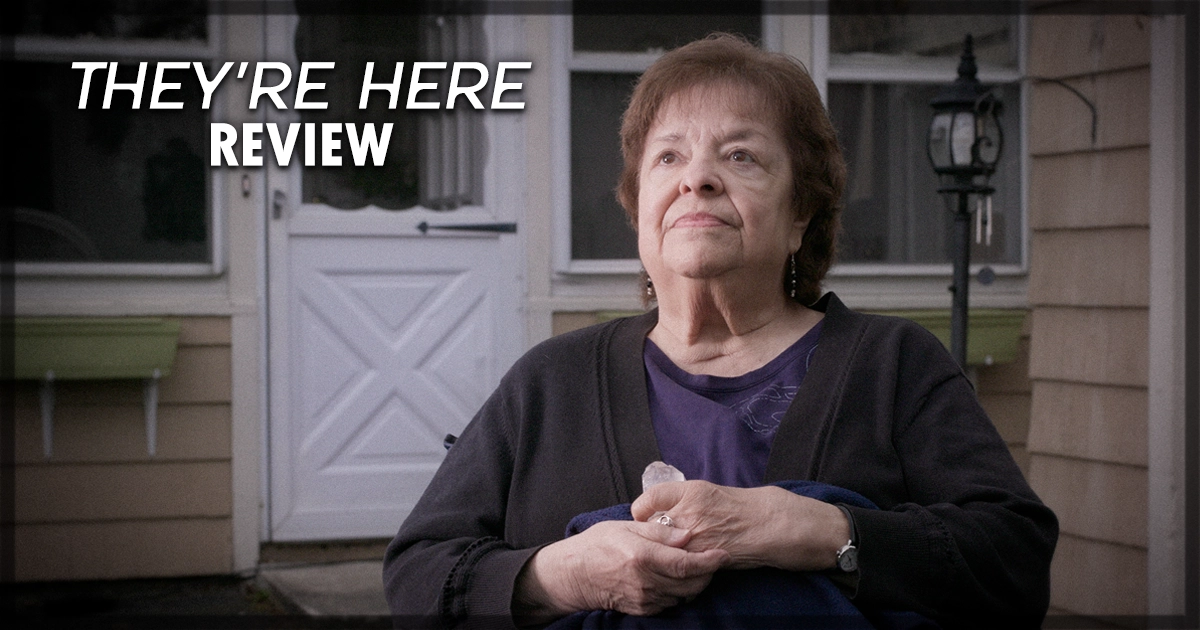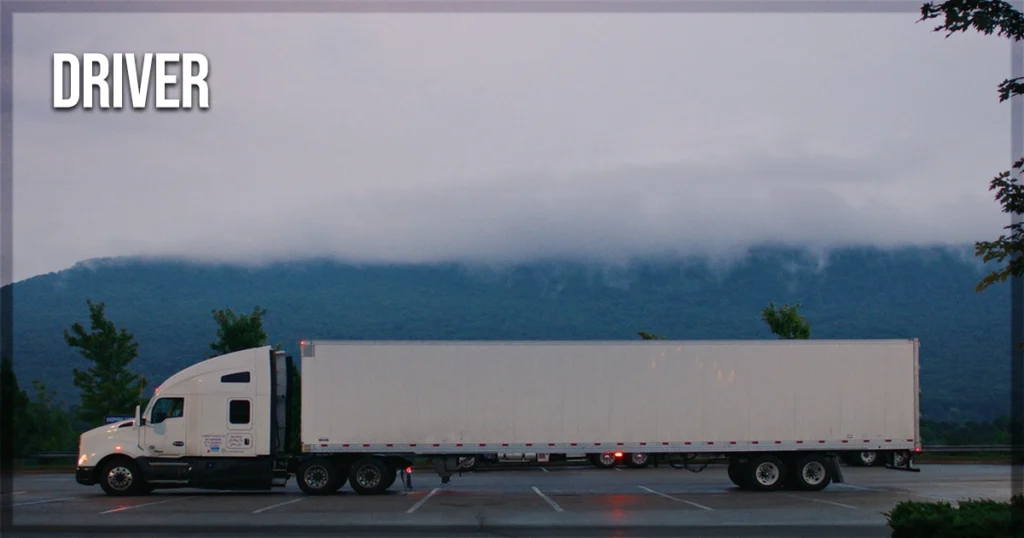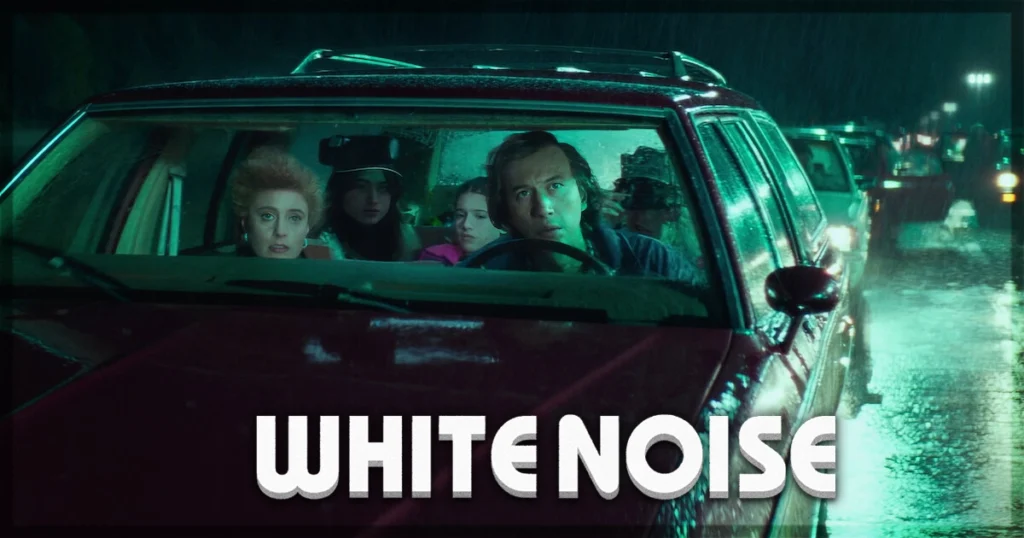In the first minutes of They’re Here, we meet Cookie, a sympathetic old lady from New York who enthusiastically talks about her past experiences with Unknown Flying Objects (UFOs). She answers the directors, Daniel Claridge and Pacho Velez, saying she was taken fourteen times, only in her current home. Cookie says they visit her annually, but when war or tragedies happen, they see her more than once a year. When asked about what it is like when she is in their spaceships, she says they do not let her take her water bottle and give her a tour of the spacecraft.
Less than ten minutes into the film, the viewer is welcomed into a curious community often judged unserious or crazy. However, Daniel Claridge and Pacho Velez do not go the easiest route and portray the ufologists pianists than the media usually does. Presented with a synth and melodic score by Jason Staczek and a 1950s Sci-fi film’s title card, we are quickly introduced to this fascinating narrative.

We learn that Cookie created a UFO community to discuss abductions and sightings, an essential fact to the film, as most of the subjects come from this community. This is the case for Steve, an older man still determining if he has ever seen a UFO but is engaged in activities to share his time with the other members. He is so deeply involved in the theme that he creates a board game called UFORIA for ufologists and interested people. The last step of the game to win it is to answer the following question: “You just saw a UFO sighting; convince people of what you saw.”
The directors try to answer this question through their subjects and the written questions, which are not interested in a scientific answer but are curious to hear what people believe. Added to this strategy of interviewing people, they interact with the film through a hybrid format, as in scripted scenes. Some may argue that it lowers the film explanations and all the discussion created. However, Pacho and Daniel are not interested in delivering a final explanation. They use it to deepen each individual’s understanding and play visually with its possibilities.
It is evident how excited they are to compose the scenes. For example, in Steve’s last scene, we finally see him being taken. The set-up is a Close Encounters of the Third Kind-like buildup, with Cookie saying to him, “They’re here, Steve.” which delivers a climax to his arc. Reality may not respond satisfactorily, but the cinematic possibilities can give him what he desires. All subjects are given the same treatment as Steve: an understanding and careful presentation, a solid development, and a final cinematographic climax that satisfies their wishes.
Another vital aspect of their approach in They’re Here is the sense of community, as shown in Twon Wood’s story. Twon claims he saw a UFO while sitting on his flat’s rooftop alongside his roommate Victoria (An important detail, as he repeats they are only roommates a couple of times). Besides being a ufologist, he is also a stand-up comedian. However, his jokes about abduction were less than he intended while writing them. He soon finds a UFO fair where he has the ideal crowd to perform a sighting set.
Also, meditation and transcending ideas are constantly used for all subjects. Steve appears doing a hypnosis session during one of the scenes, and another subject meditates on a beach in Sri Lanka. All of these small actions collaborate in a way that explains their inner intentions. Those people want to feel out of their spirit and be free from their tedious routine. Ufology is a form of putting that materially if it is possible to categorize it as such.
They’re Here is an artistic risk that works
Even with only seventy-five minutes, the film may feel repetitive in the final twenty minutes. Regardless, it is in these final moments that the directors take their fictional gadgets to a different level. VFX heavily influenced 1970s John Carpenter’s The Thing score and inventive ideas to finish this story. Besides the problem with its rhythm, it is worth praising them for the risk of mixing documentary style with Sci-fi and comedy. In an industry crowded with talking heads and mediocre journalistic efforts, it is notable for praising filmmakers who elevate their artistic risks and deliver something like this film.
They’re Here is an inventive documentary that respects its subjects and takes them into materializing their faiths through cinematic magic. Sure, it has some untidy moments, but its final result is a funny, heartfelt, and Sci-fi homage that boards a whole community of believers.
They’re Here recently premiered at the 2024 Tribeca Film Festival.
Learn more about the documentary at the Tribeca website for the title.



